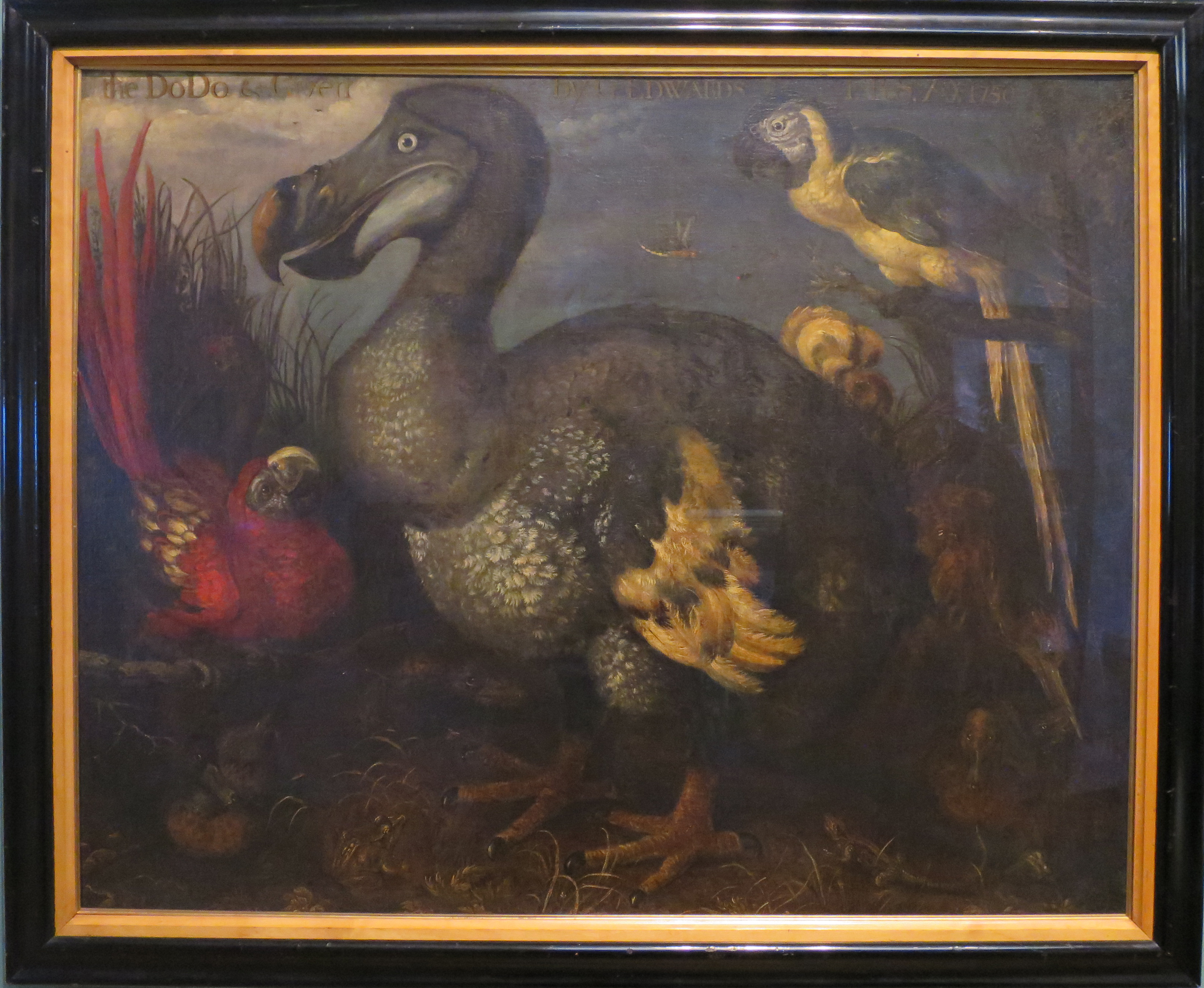birds
-
Dead as a dodo
In all likelihood you’ve heard the phrase ‘dead as a dodo’. The phrase probably has Victorian origins and built upon the existing older saying ‘dead as a doornail’ according to an article by Turvey and Cheke in Historical Biology. The earliest record of the phrase listed now in the Oxford English Dictionary is 1904 and the phrase grew in popularity beginning in the 1940s, if you believe the Google n-gram chart.
-
A bird in hand or two in the bush
At the Horniman Museum near London, a case with two birds stands near a staircase in the back on the natural history exhibit. Unlike most of the other displays that show visitors either related species (like a display of apes) or convergent evolution (like things with wing-like structures), this one puts the history of the species at fore. This relatively new display tells an extinction and reintroduction story: The great bustard (Otis tarda) once lived in Salisbury Plain and in the breck district of East Anglia, but became extinct as a breeding bird in the UK in 1832, mainly due to habitat fragmentation. Attempts have been made to reintroduce the species…
-
Craving cranes
Earlier this week, news came out that a common crane (Grus grus) egg was laid in southern Britain for the first time in 400 years. The parents are part of a crane reintroduction run by The Great Crane Project. The project has been reintroducing cranes into the Somerset levels area in southwestern Britain since 2010. This is first time a pair of their reintroduced cranes has successfully bred. What’s interesting to me as a researcher is how the motivation for this project is put forward. Just like the beavers being reintroduced to Scotland, common cranes don’t need to be targeted for conservation. Unlike all the other crane species, which have…


